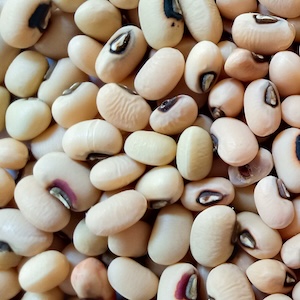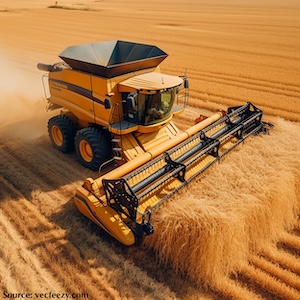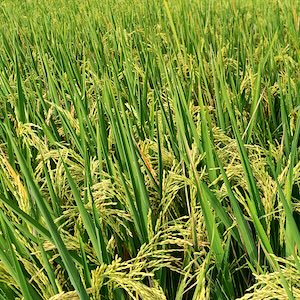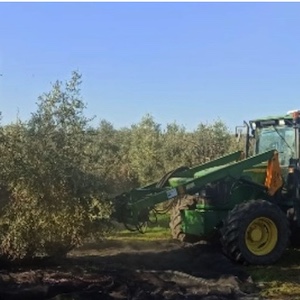Innovative process and technology for the production of wood mulch
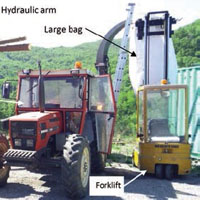
All claims expressed in this article are solely those of the authors and do not necessarily represent those of their affiliated organizations, or those of the publisher, the editors and the reviewers. Any product that may be evaluated in this article or claim that may be made by its manufacturer is not guaranteed or endorsed by the publisher.
Authors
Plant nurseries usually control weed growth with N-(phosphonomethyl) glycine treatment. Some studies have suggested potential impacts of this treatment on both the environment and users. A possible ecological alternative is the use of ground wood particles for mulching. However, the production of the required wood particles for use in potted plants is challenging. In this article, the classical chipping and sieving process is compared with a new proposed process involving chipping and refining phases. The two processes were applied to wood logs (spruce) from the forests of the Tosco-Emiliano Apennine. The tests were performed over a week using the machinery available at the Mo.To.R.E. (Montagna Toscana Ricerca Energie) consortium. Although the results achieved were based on preliminary evaluations, they indicated the potential superiority of the new process in terms of both economic and ecological efficiency. These findings can pave the way to the development of optimized processes aimed at a significant reduction in the use of chemical herbicides for weed control.







